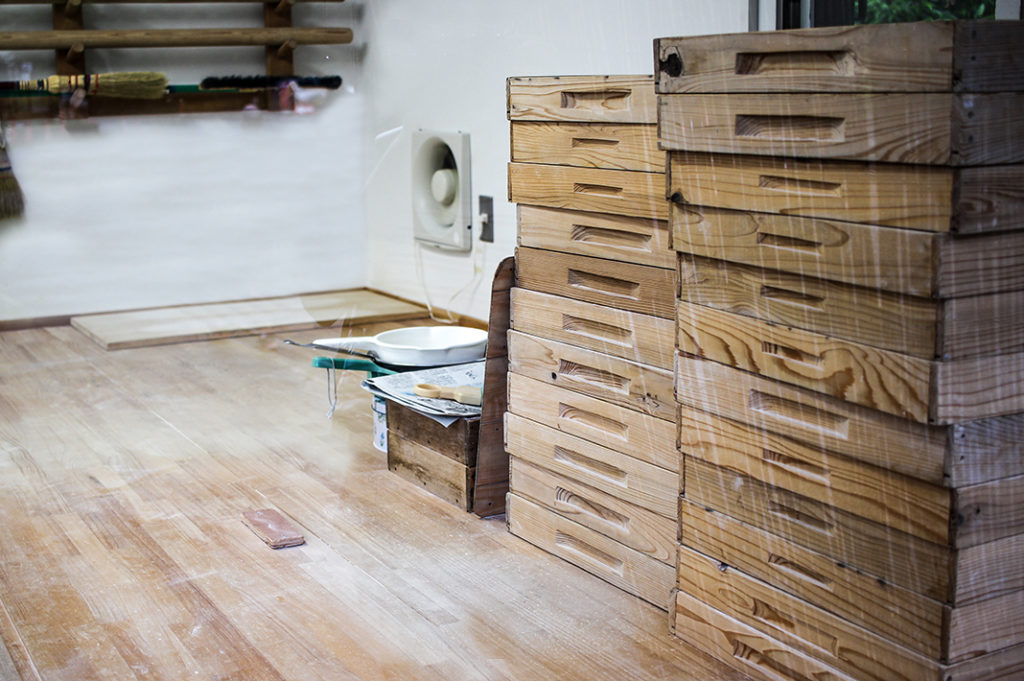
From a prehistoric paste to the modern noodle, there has been a long history of soba in Nagano Prefecture.
The geography and climate have always been perfect for growing high-quality buckwheat, but it wasn’t until the Edo Period (1603-1868) that soba found its noodle-form (soba-giri) and gained popularity throughout Japan. This enormous prefecture is home to a few key production regions as well as some unique takes on the classic dish.
One of the most famous of which is Togakushi, with its famous Togakushi soba. There, we take a look at the many soba restaurants in town and stop for lunch at Soba Sho Okushanochaya.

What is Togakushi Soba?
Official Togakushi soba is made using locally grown Togakushi buckwheat flour. It should be ‘hikigurumi’, which incorporates the hulls of the buckwheat seeds in the mix, resulting in a darker colour and a stronger flavour than regular soba noodles.
The ‘bocchi-mori’ style presentation is also important; the noodles are divided into five equal portions and arranged in horse-shoe shapes on a woven bamboo plate, as opposed to the usual single jumbled pile.
It’s also common to eat Togakushi soba with a side of local daikon radish, as well as tempura made with the local mountain vegetables (sansai).

Where to try Togakushi Soba
To eat Togakushi soba, you’ll need to go straight to the source which means visiting the small village of Togakushi. Nestled in the mountains near the border of Niigata, this idyllic spot can be reached in an hour from Nagano city.
(You can read the rest of the article at this link. This article was first published by Team JJ on February 2, 2022. Check here for deeper and unique insights into visiting Japan, including wellness, travel, cuisine and more. Find us on Instagram and on Facebook.)








